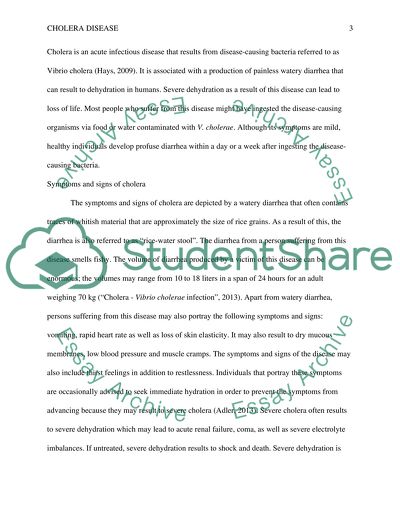Cite this document
(“Cholera disease Essay Example | Topics and Well Written Essays - 1000 words”, n.d.)
Cholera disease Essay Example | Topics and Well Written Essays - 1000 words. Retrieved from https://studentshare.org/nursing/1662607-cholera-disease
Cholera disease Essay Example | Topics and Well Written Essays - 1000 words. Retrieved from https://studentshare.org/nursing/1662607-cholera-disease
(Cholera Disease Essay Example | Topics and Well Written Essays - 1000 Words)
Cholera Disease Essay Example | Topics and Well Written Essays - 1000 Words. https://studentshare.org/nursing/1662607-cholera-disease.
Cholera Disease Essay Example | Topics and Well Written Essays - 1000 Words. https://studentshare.org/nursing/1662607-cholera-disease.
“Cholera Disease Essay Example | Topics and Well Written Essays - 1000 Words”, n.d. https://studentshare.org/nursing/1662607-cholera-disease.


